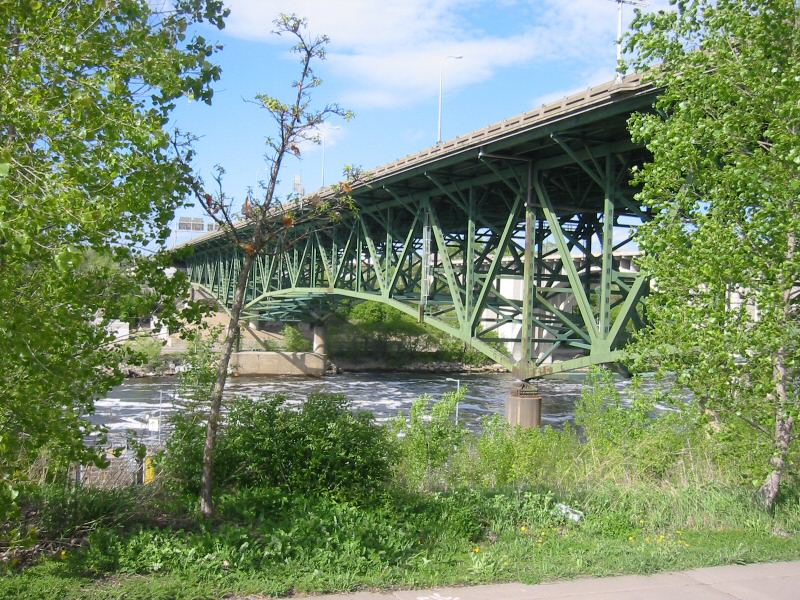I have reviewed the 2001 inspection/testing/analysis document for this bridge and find that they are accurate in their accessment as far as the obvious is concerned. This is a non-redundant structure with multiple possible modes of failure in the primary structural system (Eight lanes of Interstate traffic on two lines of trusses). The secondary structural system was junk, and the primary system of twin trusses was highly dependent on composite action with the deck as to forces within the trusses. Final determination for cause of collapse will be enlightening.
I would say that we(they) are victims of the Great Depression as far as this bridge collapse is concerned. The design philosophy is consistent of that with senior design engineers of that period. We just need to systematically recyle these bridges into new structures, and maintain the poorer but safe steel structures of that era as our "strategic steel reserve". Modern concrete and steel bridges are much different as far as internal redundancy.
I would say that we(they) are victims of the Great Depression as far as this bridge collapse is concerned. The design philosophy is consistent of that with senior design engineers of that period. We just need to systematically recyle these bridges into new structures, and maintain the poorer but safe steel structures of that era as our "strategic steel reserve". Modern concrete and steel bridges are much different as far as internal redundancy.




